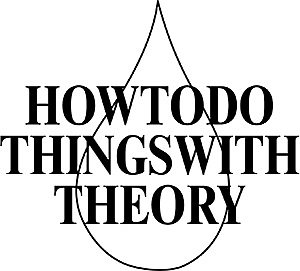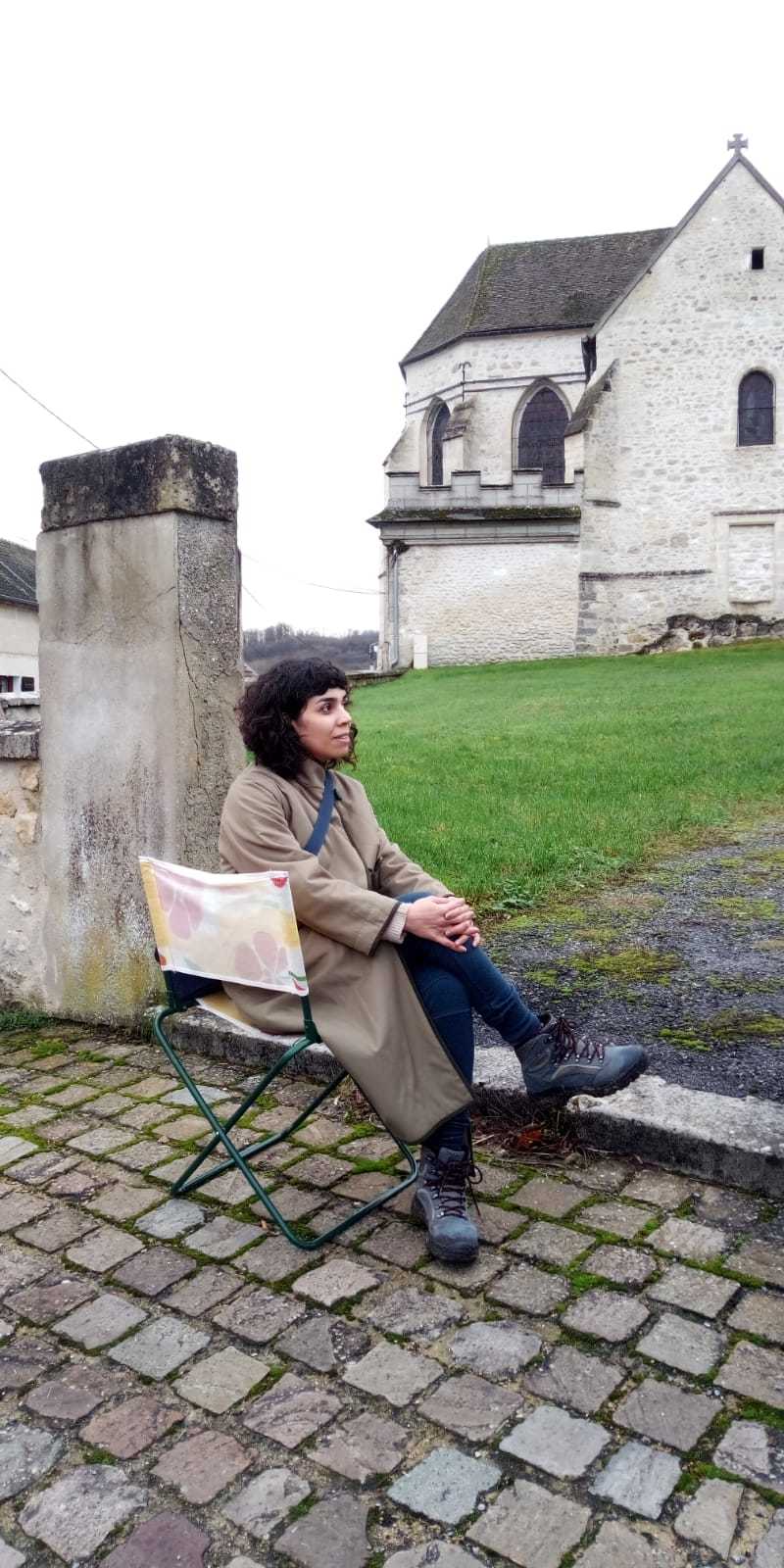Sepideh Behrouzian: The Perpetual Transformation of the Broken Image Into Embodied Seeing
Thesis Supervisor: Rachel O’Reilly
Thesis:The Perpetual Transformation of the Broken Image Into Embodied Seeing
July 2020
Abstract
This thesis attempts to perform a kaleidoscopic and experimental investigation on the concepts of visuality and the visual, as to dismantle their modern scientific connotations. In particular, it looks into the Arab polymath Ibn al-Haytham’s (Latin: Alhazen) theory of vision, and its consequences for thought and artistic research from the perspective of non-western theory. Ibn al-Haytham was born in 10th century Baghdad. His theory of vision, based on the geometry of light, is a matured synthesis of the vast and accelerated growth of the Islamicate empire, wherein a great amount of knowledge from different languages and histories was collected, translated, and transformed into Arabic. Ibn al-Haytham’s theory also opened up space for the invention of linear perspective in the Renaissance, and later a modern scientific account of vision. At the same time, his alternative thesis for and history of vision and optics troubles the very concept of objectified vision: based on disembodied experience and the bipolar division of mind/body, which is also tantamount to the singled-out picture or image, and thus, the standard base unit of global visuality in western practices and theory.
Through an approach I call “double undoing,” this thesis seeks to unbind vision and visual theorizing from these hegemonic scientific readings. Such a reading in its universalization, is assumed to be applicable for all humans—totally imbuing everyday perception. To decolonize Alhazen’s theory from modern scientific theory, it is necessary to mobilize his account from the cosmology and milieu it is situated within. This will be done by looking into Islamicate ontology, drawing briefly on the philosopher and physician Ibn Sina, (Latinized Avicenna), a contemporary of Alhazen. Contrary to the interest of Western comparativists who place important thinkers—when they are recognized—into a natural history of linear progress that builds, practically and theoretically, toward a normalized and stable understanding of perspective and vision in western modernity; my aim is to demystify the significance of their work and labors, and refuse their reduction in theory to the status of “precursor,” in ways that insist on the continued force of their ideas for contemporary ontological thought and experimentation in vision theory and aesthetics. By detaching Alhazen’s theory from this canonical linear history and contextualizing it within a distinct historical milieu, I aim to not only challenge linear history, but also the hierarchies of knowledge and science assumed by it; thus undoing “history”—as that which reduces and flattens the delicate vestiges and complexities of different world-making practices—from within.
Author: Sepideh Behrouzian


